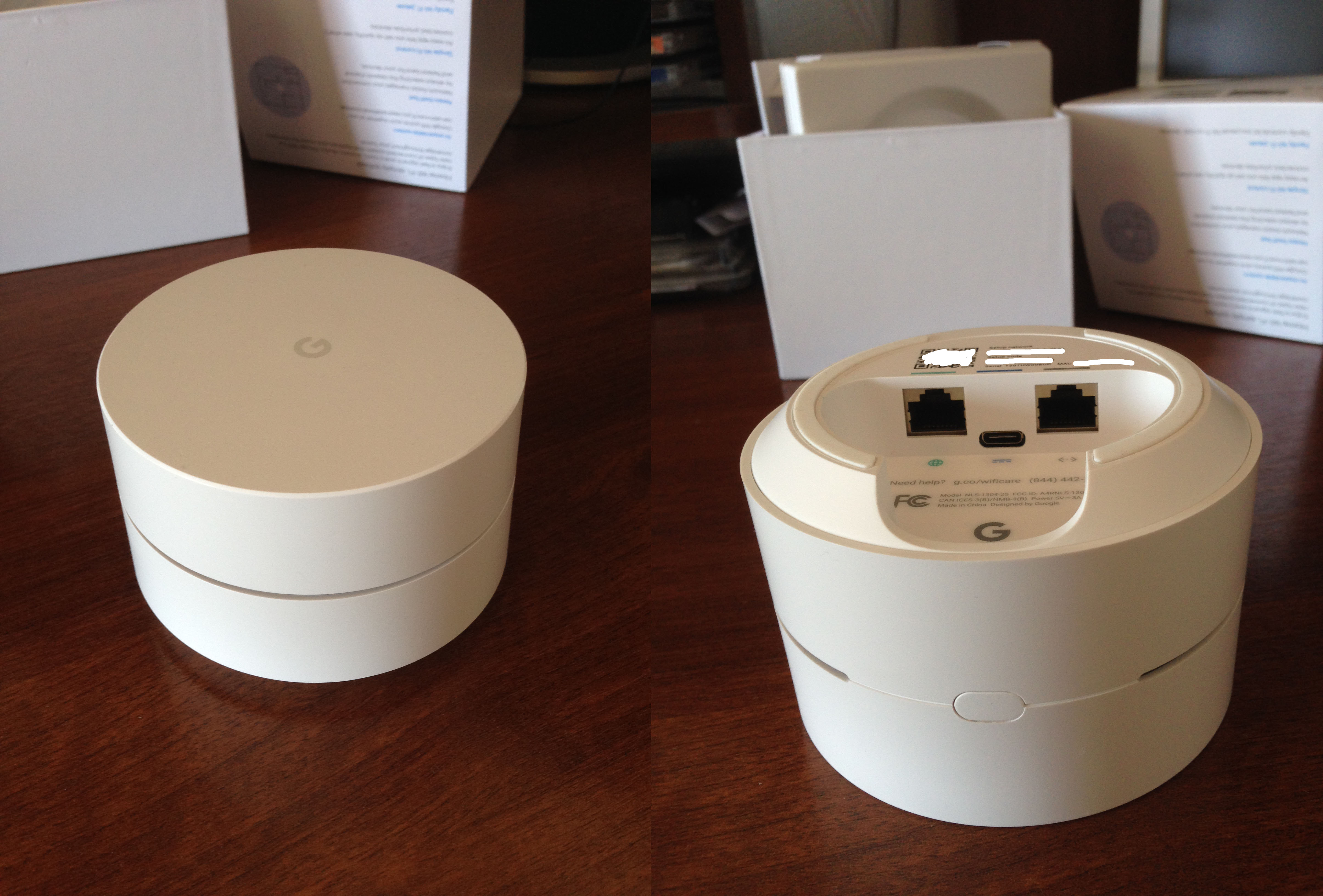 At first sight there is no problem at all to configure mesh with Google Wifi devices – just follow instructions.
At first sight there is no problem at all to configure mesh with Google Wifi devices – just follow instructions.
But keep in mind several pitfalls:
- The devices are officially supported only in USA, Europe and …, but not in Mongolia for example. If you use Android mobile device you find Google Wifi Application without any problem. But for iphone if your country settings in AppStore is Mongolia – no Google Wifi application 🙁 (Google tech support confirmed it). To change AppStore country without entering bank card details – don’t use USA, but for example Canada – then there is still option “None” instead of VISA bank cards.
- if you created first mesh from one Google account – you become owner of the mesh. You can invite by email other google users as a manager, but not as an owner (you cannot add new AP and so on). If you used temporary google user account and lost access to it (forgotten password and cannot restore) — you need recreate mesh from a scratch.
- there is no web interface 🙁 But on the other hand there is no need to protect access to this web interface. All monitoring data are sent by mesh APs to cloud service. So to change wifi password, SSID name, configure port forwarding, monitor current users of Wifi mesh you can do it remotely thru cloud without direct access to wifi network.
- Firmware of devices are upgraded from internet automatically.
- if you use Google mesh not in home beware of theft – very easy to steal.
- flat UTP cable in box looks like only 100Mbit/sec (sorry, didn’t check thoroughly) – how can pairs be twisted in a such flat cable?
Some unspoken or insufficiently reported features of Google Wifi devices:
- only first Google Wifi AP needs to be connected by UTP cable to ISP or uplink router/modem, all other AP connected to each other by Wifi – very convenient.
- first AP acts as NAT device, next ones as bridges only
- somewhere i read about max 6 AP in mesh. I don’t have more than 4 devices so i couldn’t test this statement. 🙁
- port forwarding are configured for whole mesh.
- guest and main wifi networks are the same for all AP/whole mesh (obvious, but for old free versions of INSSIDER each AP is seen separately). Roaming between Access Point/AP is another pleasant feature (for example viber, skype calls are not disrupted during moving within mesh range)
- both 2.4Ghz and 5Ghz are supported (dual-band 2×2, beamform, AC1200 – as you know very few of Wifi adapters of mobile phones or builtin notebooks support such speeds and specifications, but these advanced features really works in inter-AccessPoint mesh connections!!!)
- one Google Wifi can connect to other Google Wifi in mesh even if your mobile device (notebook or phone) shows weak signal or even no signal, and what is more surprising is very good speed of connection in these cases
- unlike repeater and bridge modes of conventional Wifi APs Google Wifi mesh really shows the same good speed from any AP of mesh without losses for repeater network overheads (for old range extenders wireless throughput is reduced by at least 50%, and have annoying complex configuration and management)
So conclusion:
Very easy and convenient to install, good even coverage with decent speed for the most home or SMB offices (usually all of them less than 1-40Mbit/sec ISP connections) when you don’t like to mess with Structured Cabling System.
ps
links: